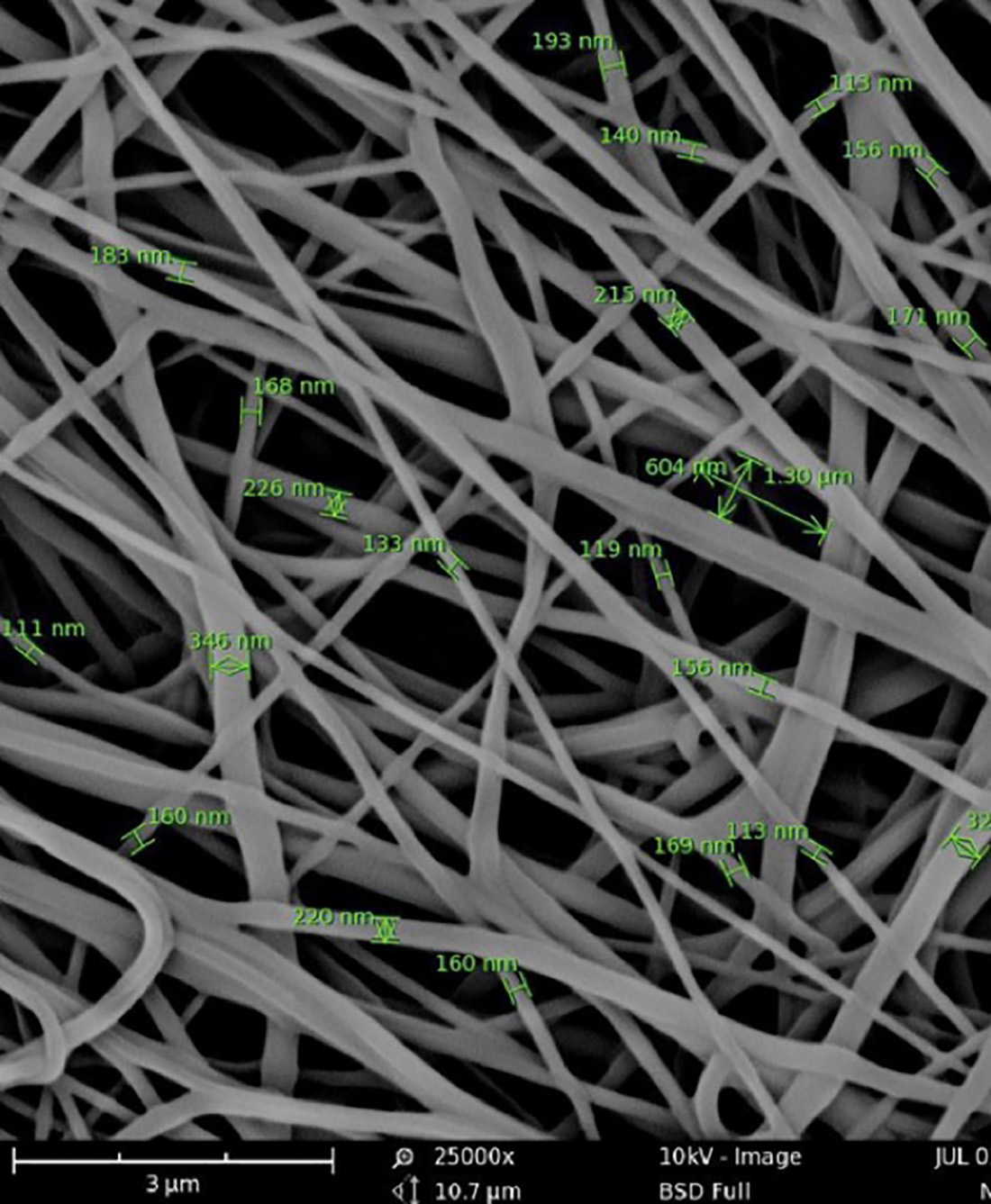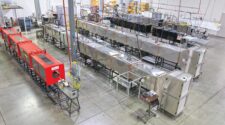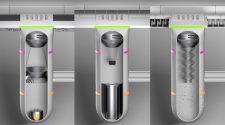Earlier this year during a conversation with our sister publication, International Fiber Journal, R Vijayakumar, Ph.D., president of AERFIL, chair of the IFN peer-review program and one of our editorial advisory board members, summed up the role of fibers in filtration pretty clearly: “No fibers, no media. We can all go home. So I would say fibers of all kinds are the fundamental building block of our industry.”
Nanofibers, as the name would suggest, are fibers in the nanometer range. For filtration, the promise of nanofibers has always been the opportunity to increase filtration efficiency while at the same time reducing pressure drop. The challenge has been in cost-effectively producing nanofiber on a mass scale to enable more widespread application.
According to Dr. Vijayakumar, to truly deliver on the benefits of increased efficiency and decreased resistance in the filter, nanofibers need to be in the ~100nm size range. Nanofiber producers have struggled to manufacture fibers in this size range at a quantity and price point that makes good business sense for mass application. As such, today’s nanofiber filtration media is typically employed as an added layer with other conventional media. And while this does provide some benefits in the areas of filtration efficiency and pressure drop, it does not realize the full potential of nanofiber as a stand-alone filter media. An exception is in the area of higher-end HEPA and ULPA filter media, which have successfully employed fibers in (or near) the nano size range for decades.
Nanofiber is most commonly produced by electrospinning, which generally involves formation of nanofibers via a liquid polymer jet in a longitudinal electric field.
“When we first looked at the [facemask] market, we thought the existing technology is probably just good enough, and it was a commoditized product,” said Andy McDowell, director of sales and marketing at NXTNANO. “And the guys who were in it, most of them were 100% vertical – they make the masks themselves, but they also make their own spunbonds and meltblowns onsite – so we didn’t see that as an attractive market. COVID changed all that.”
Some variants of electrospinning, such as nozzeless electrospinning, Elmarco’s Nanospider technology, which employs stationary string electrodes supplied with polymer solution by a proprietary moving “painting” head, and the FiberRio (now part of Parker Hannifin) force spinning concept, among others, have emerged on the market, nudging nanofiber into more application areas.
Notably, the COVID-19 pandemic has created opportunity for some nanofiber producers in filtration media for facemasks. In particular, as many countries around the world faced supply shortages in the area of meltblown filter media, nanofiber was able to help fill capacity needs.
NXTNANO, a Claremore, Oklahoma-based producer of nanofiber, entered the facemask filter media market as the COVID-19 pandemic took hold.
“When we first looked at the [facemask] market, we thought the existing technology is probably just good enough, and it was a commoditized product,” said Andy McDowell, director of sales and marketing at NXTNANO. “And the guys who were in it, most of them were 100% vertical – they make the masks themselves, but they also make their own spunbonds and meltblowns onsite – so we didn’t see that as an attractive market. COVID changed all that.”
Now NXTNANO is making 15 different mask materials, so depending on what the customer is looking for in terms of efficiency, the type of mask, and their production technology (thermoform, ultrasonic welding, etc.), NXTNANO can offer a specific nanofiber material solution.
NXTNANO’s HYPR spinning production process is capable of scaling to produce approximately 150 million square meters of Level 1 mask material per year, according to McDowell. Described as a derivative of electrospinning, the HYPR spinning process allows NXTNANO to produce more and finer fiber, more consistently, and with better bonding than other nanofiber material options on the market. It also permits flexibility to spin multiple polymers simultaneously. “All of the general issues you would see with electrospinning we think we’ve pretty well solved; for throughput, controllability, and uptime,” said McDowell.
Currently, McDowell said NXTNANO’s nanofiber filter media is most commonly employed as a final efficiency layer in tandem with an electrostatically charged filter media. “I really like nanofiber in combination with electrostatic technology. Several of the N95 programs we are running are as a final efficiency layer. Electrostatic media really struggle on the test, having efficiency drop off as they load up the fibers. When you put nano behind [the charged media] it pretty much neutralizes that; you actually get an increase in the efficiency curve because we’re able to build the dust cake versus getting the charged fibers coated and losing some of the electrostatic.”
Over the next 2-3 years, McDowell is optimistic about the facemask market for nanofiber, and NXTNANO is currently expanding from three lines to five lines to meet demand for facemask material.



![Figure 1: Heat Exchanger Proventics GMBH.[22]](https://www.filtnews.com/wp-content/uploads/IFN_2_2024_crimpedmicrofiberyarns_Fig.-1-Heat-exchanger-225x125.jpg)







